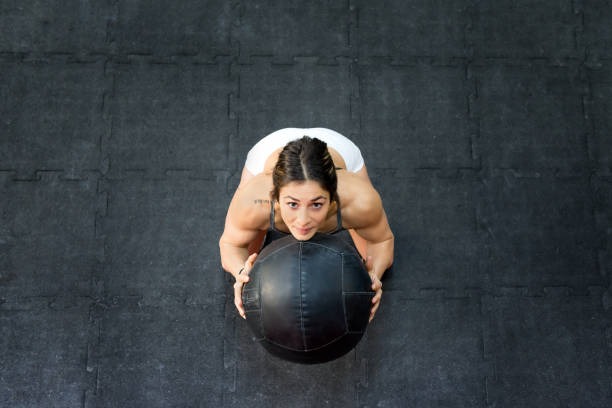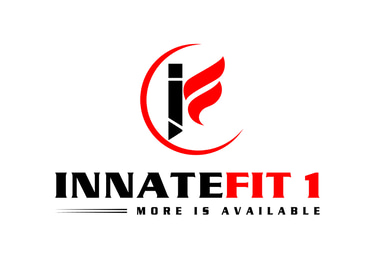Visit Innatefit1.com for exercise wear and equipment!!!
Maximizing Glute Gains: Dumbbells vs. Barbells in Walking Lunges
Explore tailored strategies to enhance core activation, improve balance, and optimize glute training for women.
WOMEN'S HEALTHWORKOUTSHEALTHY LIFESTYLEFITNESS TIPSWOMEN'S FITNESS TIPSSTRENGTH TRAINING
Joseph Battle
10/29/20253 min read


Introduction
Engaging in an effective exercise regimen means making the most of every move to target specific muscle groups. Walking lunges, a favorite for many fitness enthusiasts, boast the versatility to target the glutes effectively. Choosing between dumbbells or a barbell, however, can significantly influence the outcome of your workout. This article offers a detailed exploration into which option might better activate the glutes, the impact of load and distance, and how balance and core engagement play into your decision.
Comparing Tools: Dumbbells vs. Barbells in Walking Lunges
When it comes to enhancing glute activation for women, choosing between dumbbells and a barbell for walking lunges can make all the difference. Dumbbells offer a unique advantage, primarily in terms of individual muscle engagement and versatility. They require each arm to stabilize the weight, thereby independently influencing the core. This aspect promotes balanced muscle activation, reducing the risk of one side compensating for the other—a vital factor in glute neural activation.
Alternatively, the barbell provides an entirely different challenge. Placing a heavy barbell on the back demands more from the body due to the centralized weight. The load applies constant stress to the core, requiring even greater stabilization at each step. Additionally, the barbell enhances spinal loading, which can be beneficial or detrimental depending on personal fitness levels and goals.
Evaluating Glute Targeting: Distance and Load
Understanding how load and distance affect glute activation reveals deeper insights into glute training tips for women at home. Using light weights, such as dumbbells, to cover longer distances increases endurance and prolongs muscle activation. This continuous engagement promotes a sustained aerobic workload, advantageous for beginners. The focus here is on controlled movements that ensure the correct stance and stability, critical elements for overall muscle balance.
Conversely, using a heavy barbell for shorter distances intensifies muscular demand in a short span. This method challenges fast-twitch muscle fibers, which are instrumental in building strength and explosive power. It caters to those who focus on principles of lifting for hypertrophy and strength development. Mitigating the risk of injury remains crucial; hence, ensuring the technique remains impeccable throughout.
Core and Balance: Key Benefits of Each Approach
The role of core activation changes with the equipment type. Dumbbells require dynamic core stabilization as each step creates a unique movement path. This flexibility in movement increases core challenges, advancing nuances in core balance over unilateral exercises. Hence, dumbbell lunges are among the best glute exercises for beginners, encouraging small, fine-tuned muscle adaptations.
With a barbell, core activation focuses on maintaining lumbar stability under the heavy load. This constant demand encourages muscle recruitment throughout the core to prevent unnecessary vertebral stress. Barbell walking lunges can hone balance, but require increased technical mastery. This method is typically more challenging than balancing with dumbbells.
Asymmetrical Training: Single Dumbbell Focus
An intriguing variation—using a single dumbbell—shifts focus dramatically, emphasizing unilateral glute activation and balance. Holding a dumbbell on one side accentuates the need for muscular equilibrium, promoting differential engagement of the weaker, often underdeveloped glute muscles. This approach surfaces disparities on both sides, providing a pathway to targeted corrections.
Incorporating asymmetry may illuminate imbalances that could lead to improved overall performance, which is vital for refining glute activation in women. Gradually introducing this method can help solidify understanding of muscular mechanics, boosting global functional fitness. Additionally, this strategy fosters the identification of non-dominant-side weaknesses, which are imperative for balanced glute training.
Tailoring Your Strategy: Building Your Glute Program
Selecting between these options should reflect personal goals and current fitness levels. Beginners may find greater success by starting with dumbbells, which offer ample opportunities for proper posture alignment and gradual adaptation. Advanced trainers might embrace the barbell’s challenge to maximize hypertrophy and refinement in power dynamics.
Ultimately, integrating glute-centric exercises aligns with understanding one’s body, paving the road to comprehensive fitness achievements. Blending both methods into your workout regimen could forge a harmonious balance between strength and endurance. Integration ensures a diversity of stimuli, crafting an all-encompassing muscular development strategy for glute hypertrophy.
